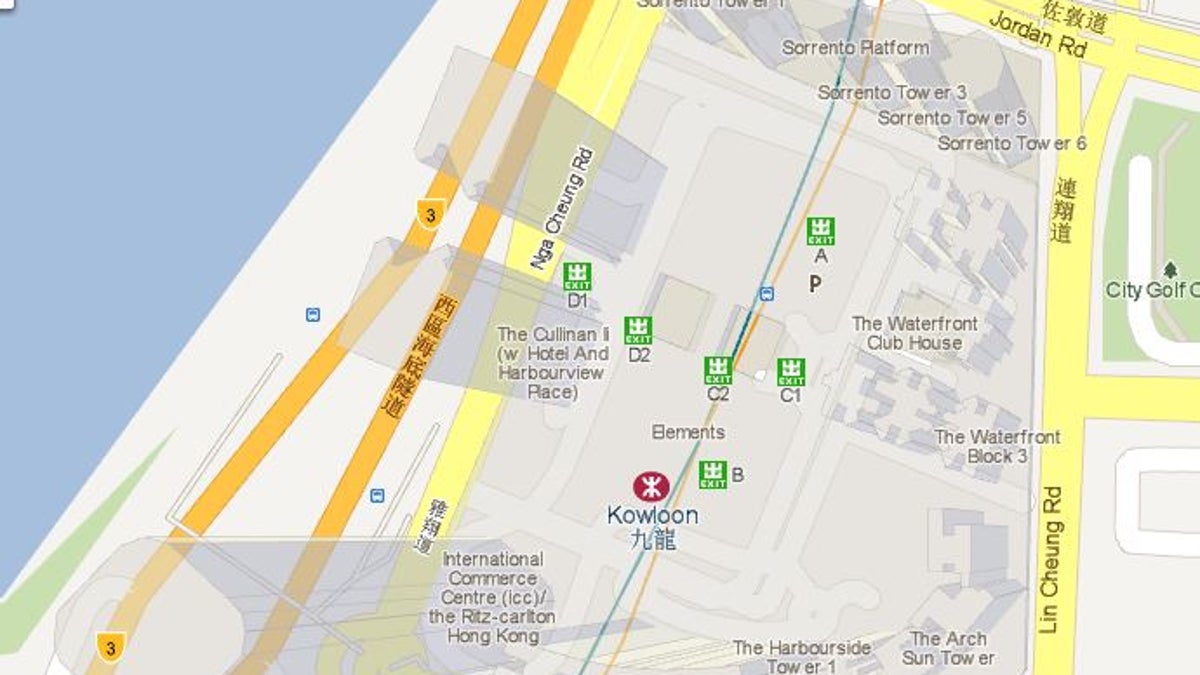3D Web hits the big time: Google Maps on WebGL
WebGL isn't just for bouncy-marble demos anymore. Google Maps, a major site, now uses the 3D graphics technology after years of development.

All that work to build 3D graphics into the Web just bore fruit on one of the Internet's most useful and widely used sites: Google Maps.
Google has enabled a "MapsGL" option to show 3D buildings on the site through the use of WebGL, a 3D graphics technology for the Web that four of the five top browsers have embraced.
The move marks another step in the convergence of the browser-based Google Maps and the more immersive Google Earth software that stemmed from Google's 2004 acquisition of Keyhole. Google Earth lets people fly around, overlays imagery on contoured terrain, and shows 3D buildings.
With WebGL, Google Maps gets the 3D buildings--also visible on Android's Maps app--and more.
Other features include a swoopy transition from an ordinary bird's-eye view to Street View; shadows appropriate to the local time of day; the ability to rotate a map so something besides north is at the top; and a gradual transition from a straight-down satellite view to the more detailed 45-degree aerial photography views Google offers in some areas.
I found it to be nice, but a bit rough around the edges, chiefly because of screen clutter and some rough typography, but I also found it fairly slick. The way I see things headed, Google is creating a virtual reconstruction of the world in 3D, and this is a big step on the way.
To try the feature out, click the "Want to try something new?" words on the lower left side of the screen.
It won't be long now before Google intuits your desires as you walk around a city, conducting real-time auctions to see which merchant gets to pop up a contextually relevant, targeted advertisement on your augmented-reality contact lenses.
Maybe that's a bit far-fetched, but then again, maybe not. "You're now one step closer to experiencing and interacting with a 3D mirror of the real world within your browser with Google MapsGL," said Brian McClendon, vice president of Google Maps and Earth, in a blog post today.
In any event, I see this as, if not a watershed moment for WebGL, at least a compelling reason why you might want to have it in your browser.
WebGL grew up through a collaboration between Mozilla and the Khronos Group, a standards organization, and Google quickly jumped aboard. At present, the Firefox beta and Chrome support WebGL, and it can be enabled in Safari. It's based on the OpenGL ES interface for graphics chips.
Today, Opera joined the WebGL world with the release of the Opera 12 alpha, code-named Wahoo, and for the occasion, the company released a WebGL version of the game Emberwind.
If you want another look at what WebGL can enable, demos include Quake and a host of others at Google's Chrome Experiments WebGL page (my favorites are Rutt-Etra-Izer and Pulpo).

